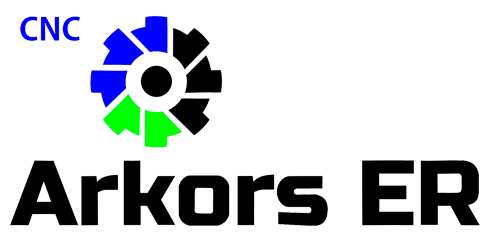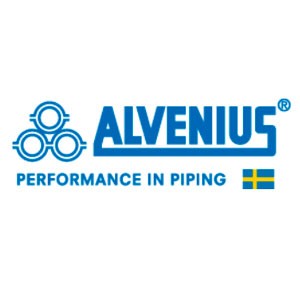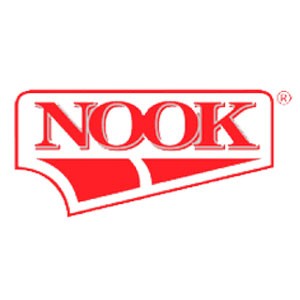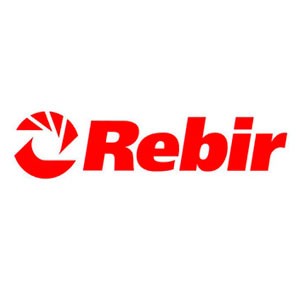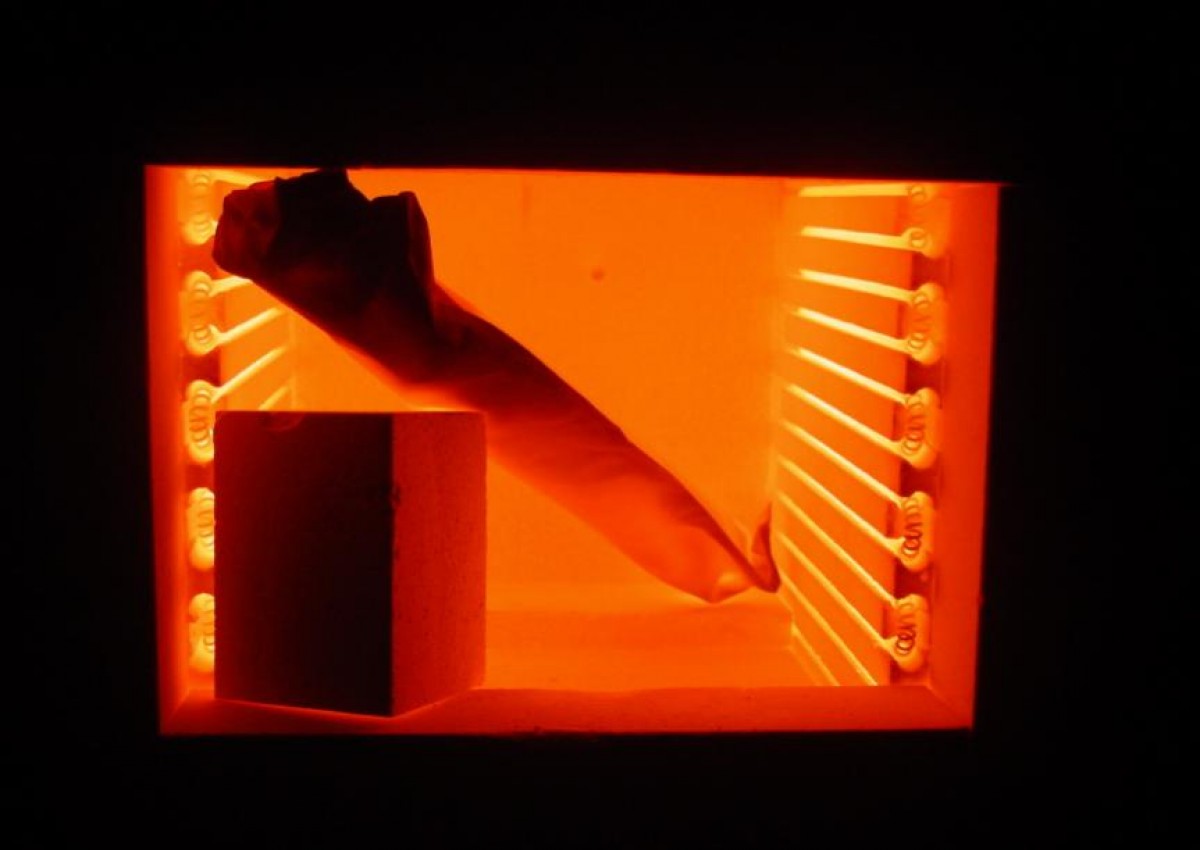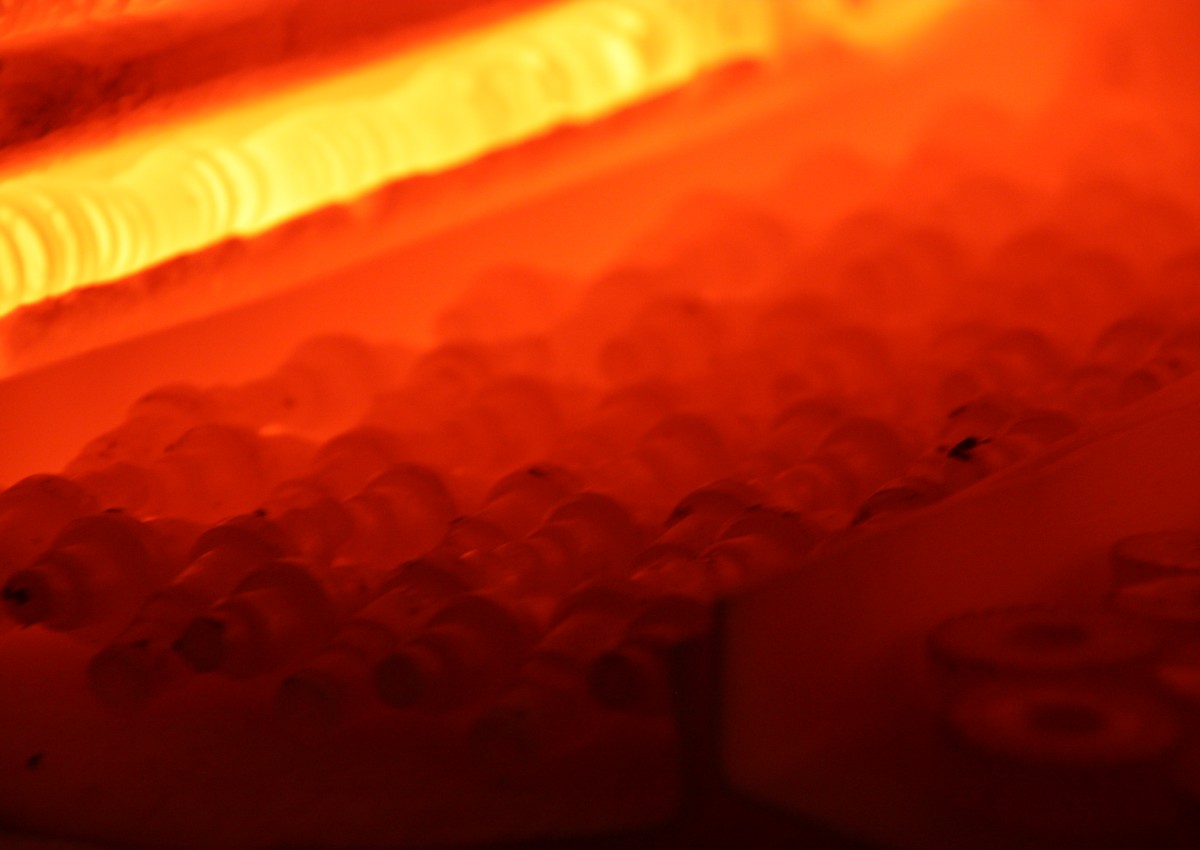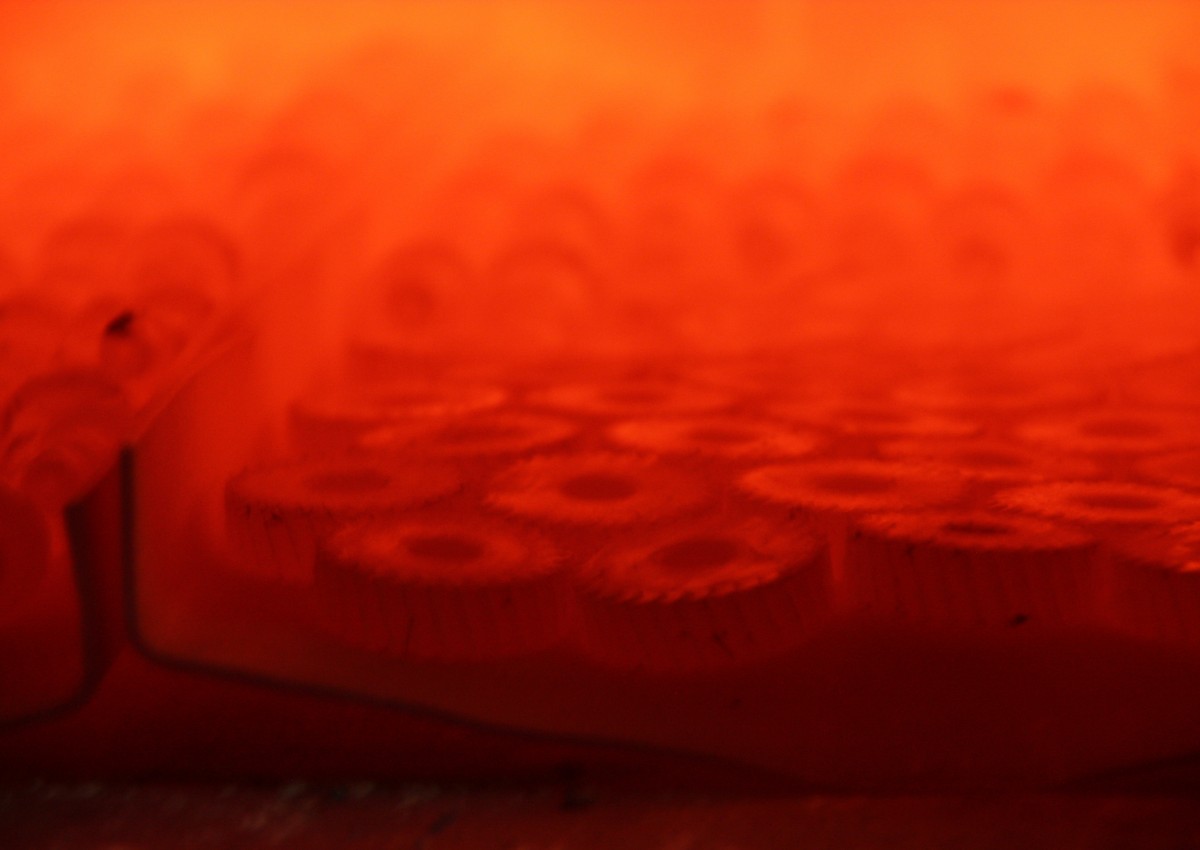Heat treatment
 We perform heat treatment for metal, steel with a temperature of 200 "C-1050" C
We perform heat treatment for metal, steel with a temperature of 200 "C-1050" C
Processing dimensions: L800mm, H400mm, W550mm.
Basics of heat treatment of metals
Heat treatment of metals is the basis of the entire metalworking industry. It is this industry that allows the creation of various alloys with unique structures and physical properties.
The term heat treatment of metals refers to the process of changing the structure of steel and metal alloys under the influence of temperature on them.
Different categories of non-ferrous metals, alloys or steel can be heat treated. Depending on the selected heating mode, type of heat treatment and cooling temperature, absolutely unique structure and material properties can be obtained.
Heating and subsequent cooling at a certain speed and under certain conditions are set separately based on the properties and structure of the parent metal.
Varieties of heat treatment of metals
Different heat treatment methods are used to obtain different metal structures.
The main types of heat treatment are:
- Burning
- Hardening
- Normalization;
- Relieving
- Cryogenic treatment.
In order to obtain the equilibrium structure of steel, the first type of hardening is the type of heat treatment of metals. This includes subtypes of metal heat treatment such as homogenization, recrystallization and stress reduction. This hardening does not affect the external transformation, but only makes the metal structure smooth and correct.
The second type of hardening can affect external transformations, it can include normalization, complete and incomplete annealing. Using this method, you can strengthen the metal several times.
Metal normalization.
Metal firing is a heat treatment of metals in which the workpiece is rapidly cooled. This results in an uneven structure.
The essence of the method is that after heating above the critical temperature of the steel, it is kept in the same range, followed by rapid cooling of the alloy. The result is an unbalanced structure and hardened material.
The difference between annealing and quenching is the rate of cooling of the metal after heating to a critical temperature.
However, annealing is used to avoid the formation of unbalanced structures after quenching. Hardening is another type of heat treatment in which the residual internal stresses in the steel are reduced or removed. This method allows to obtain a material with excellent strength, thereby reducing the hardness and fragility of the metal.
Normalization is the same annealing, but with a slight nuance. If, after annealing, the product cools slowly in the oven, the product is removed from the oven during normalization and already cooled in air.
Cryogenic treatment is carried out when the material has cooled to the lowest temperature, the so-called ultra-low values. At very low temperatures, the reference point is considered to be -153 degrees.
Advantages of heat treatment
Many positive results can be obtained in heat treatment, and the main features of such processes are:
- Increased wear resistance of materials and alloys;
- Reduction of damaged machine parts and tools;
-
- Savings on new parts in production by increasing the strength characteristics of the alloys used for these parts.
Among the main heat treatment equipment for metals are ovens that allow products to be heated to high temperatures. These furnaces have different capacities and are used in the production of different metals, because each metal needs its own heat treatment temperature.


